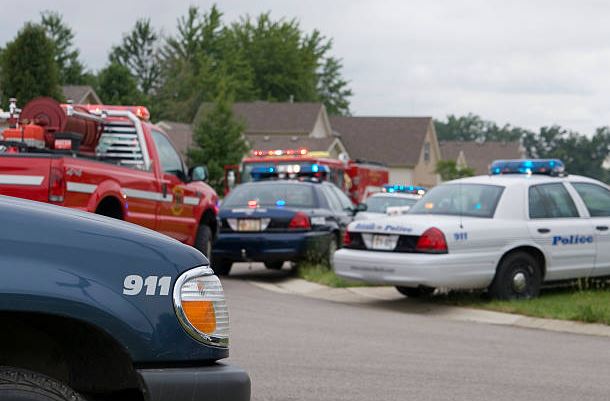5 Key Strategies For Effective Emergency Response
Emergencies happen when we least expect them. From natural disasters like hurricanes to unexpected events like fires, quick and well-planned responses can save lives and reduce damage. But what makes an emergency response effective?
An effective response depends on several factors, including good communication, proper planning, and teamwork. These elements can make all the difference when time is critical. This article will cover five key strategies that ensure emergency responses are handled effectively and smoothly. Responders can act swiftly, minimize harm, and help those in need by following these strategies.
1. Develop a Clear Emergency Response Plan
A clear emergency response plan is one of the most critical components of emergency management. This plan identifies what action needs to be taken should an emergency arise. It includes instructions for evacuation and rescue, procedures for getting medical help, and safety precautions.
Each person in the response team must understand each part of the plan so that they understand their duties. For example, one member may be assigned to relay updates, while another member must attend to injuries. The details should be simple for implementation so anyone can understand it.
The plan should be reviewed and updated often because conditions change, equipment may change, and personnel certainly changes as time passes. That keeps the team ready and informed about any changes that need to be made. So, if you’re willing to take steps to improve emergency response, develop a viable emergency response plan.
2. Conduct Regular Training and Drills
Regular training and drills are required to keep people ready always. It helps the team get acquainted with their roles. While in training, the responders learn to handle equipment such as fire extinguishers, medical kits, and communication gadgets.
Training also helps team members get used to emergency procedures and routines, which builds confidence. Drills depict actual situations, so the team must notice the potential issues in the plan themselves. For example, a fire drill can highlight issues with evacuation routes or delays in response time. By practicing, the team can correct these problems before an actual emergency.
Training also boosts teamwork and communication, so people feel at ease with whom they work. Further preparedness enhancement may be executed by more frequent revisions of the previous drills and past actual events. The training enables the team members to be keen and relaxed always so that the case does not get out of hand if a situation arises.
3. Establish Strong Communication Channels
Communication is a vital aspect, especially in any disaster. Communication channels allow team members to exchange information, state their progress, and signal about potential problems. Hence, they must all understand how to communicate during an emergency.
For instance, they could use the radio, a mobile phone, or an emergency warning device. Everyone will always know what is happening around them and will do the right thing according to the circumstances. Team leaders can provide directions, alert them of risks, or inform them about plan changes.
Testing communication channels regularly is essential to make sure they work when needed. That is because, during stress, people confuse each other, causing more problems for the team.
In an emergency, time is critical, and when response time is slowed down, the risks are also magnified. Clear communication in the event ensures everyone is well informed on what needs to be done and where to do it, making the entire process more smooth.
4. Prioritize Safety and Risk Assessment
Safety should be the top priority in any emergency response. Before acting, responders must assess the risks to avoid putting themselves or others in danger. This step involves evaluating the surroundings and identifying potential hazards, such as fires, structural weaknesses, or dangerous chemicals.
Emergency responders are trained to recognize risks and take safety measures, like wearing protective gear or marking unsafe areas. For example, firefighters assess the structure in a building fire to ensure it’s safe before entering. By understanding risks, the team can develop a plan that reduces harm.
Safety gear, such as helmets, gloves, or gas masks, should always be used if there’s any chance of danger. Proper risk assessment protects the responders and those they are helping, allowing them to work confidently.
5. Review and Improve After Each Emergency
It is worthwhile to analyze the work done after each emergency is stabilized. This reflection allows the team to discover the strengths and weaknesses of their work. The organization’s members can describe their assignments and actions during an emergency and the consequences of all the decisions.
For instance, if there was slow communication during the response, the team can search for the reason and ensure better communication is possible next time. By analyzing the response, the leaders can outline the virtues and vices of a team. This review process should be done calmly so everyone will realize their mistakes.
Continuous improvement involves updating the plan and training approach based on these findings. Thus, every response becomes stronger gradually.
Conclusion
Emergency management requires adequate planning, regular practice, sound public relations, and safety orientation. When a team prepares itself in these five ways, it can face emergent situations confidently, professionally, and considerably. They all function coordinated so that aid can be tendered when needed. Emergencies will always be challenging, but a well-prepared team can save lives and reduce damage. Consistent updating and implementation keep emergency responders ready for any situation, making communities safer and more resilient.




